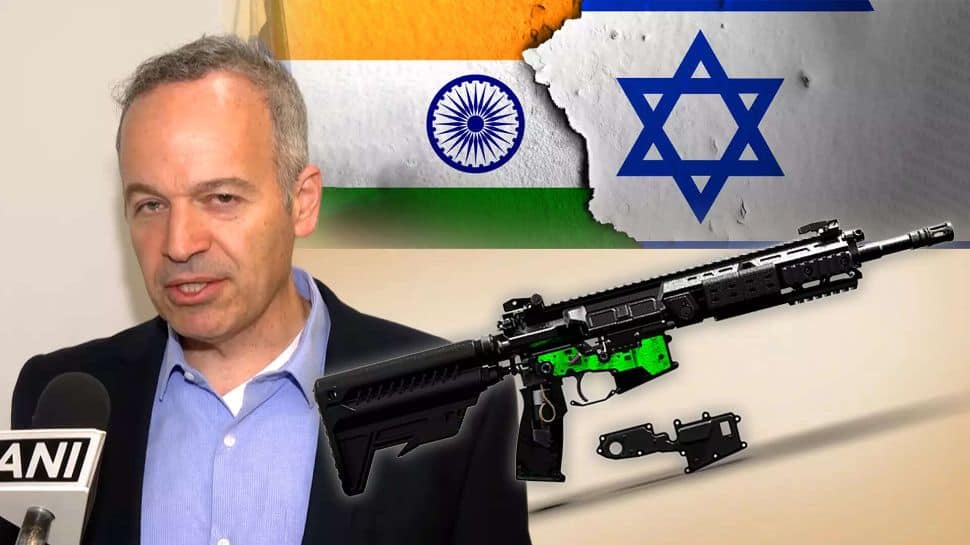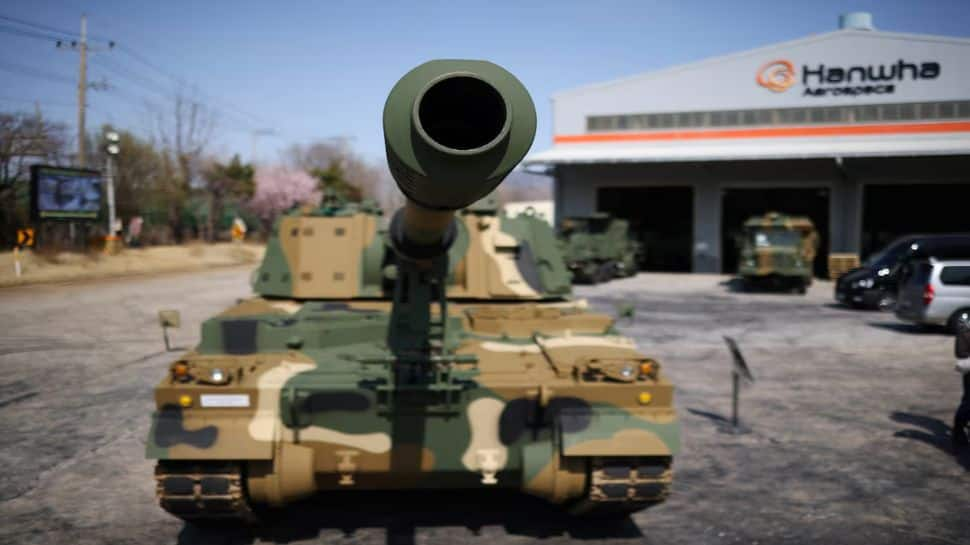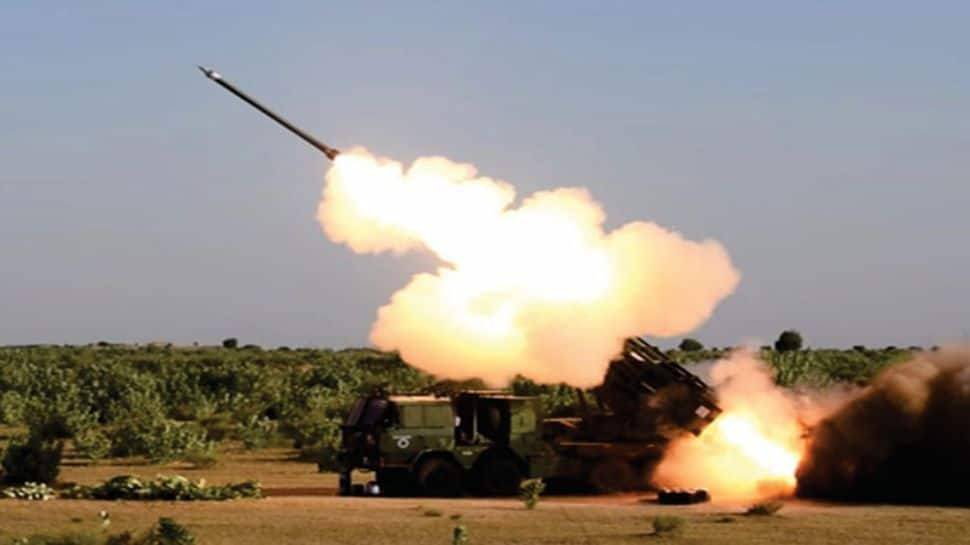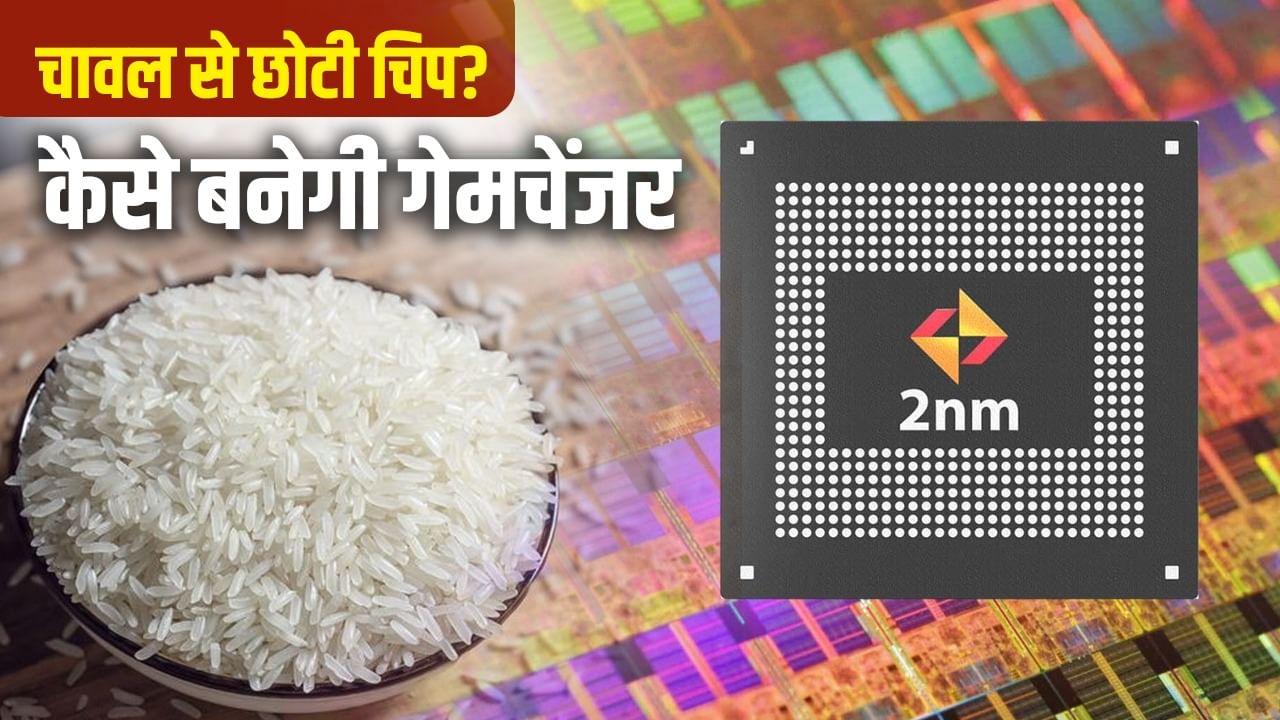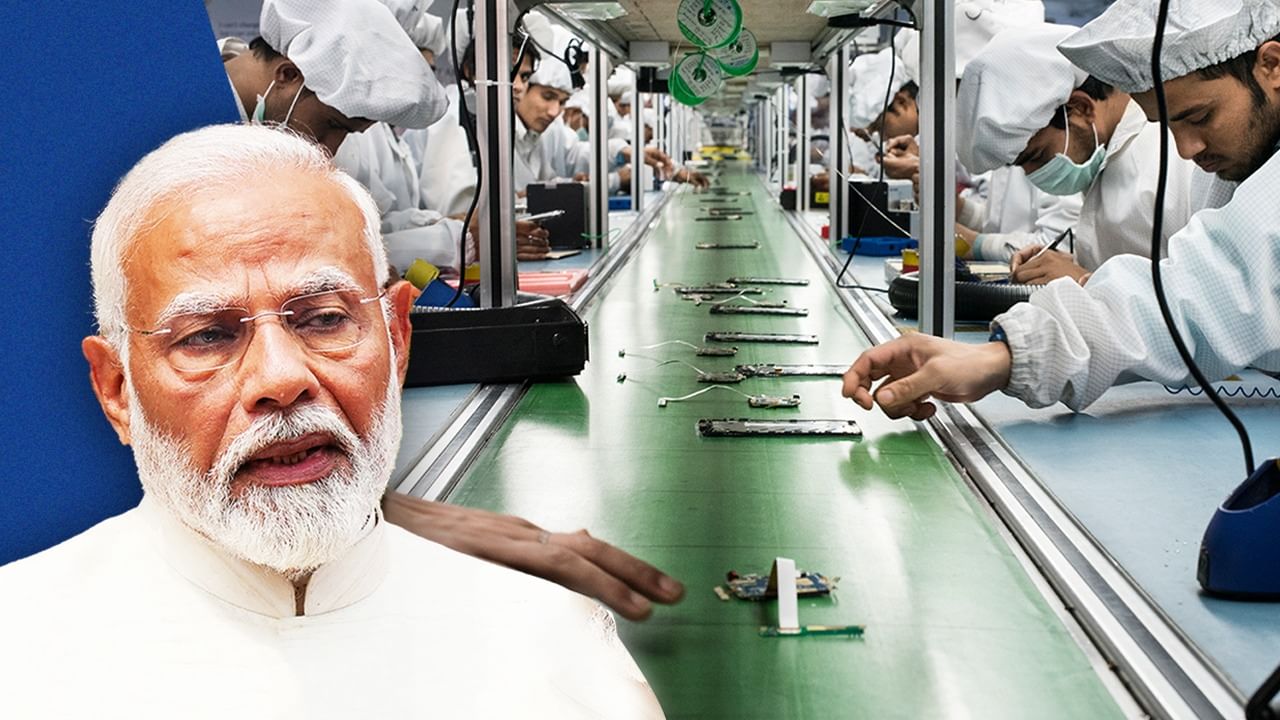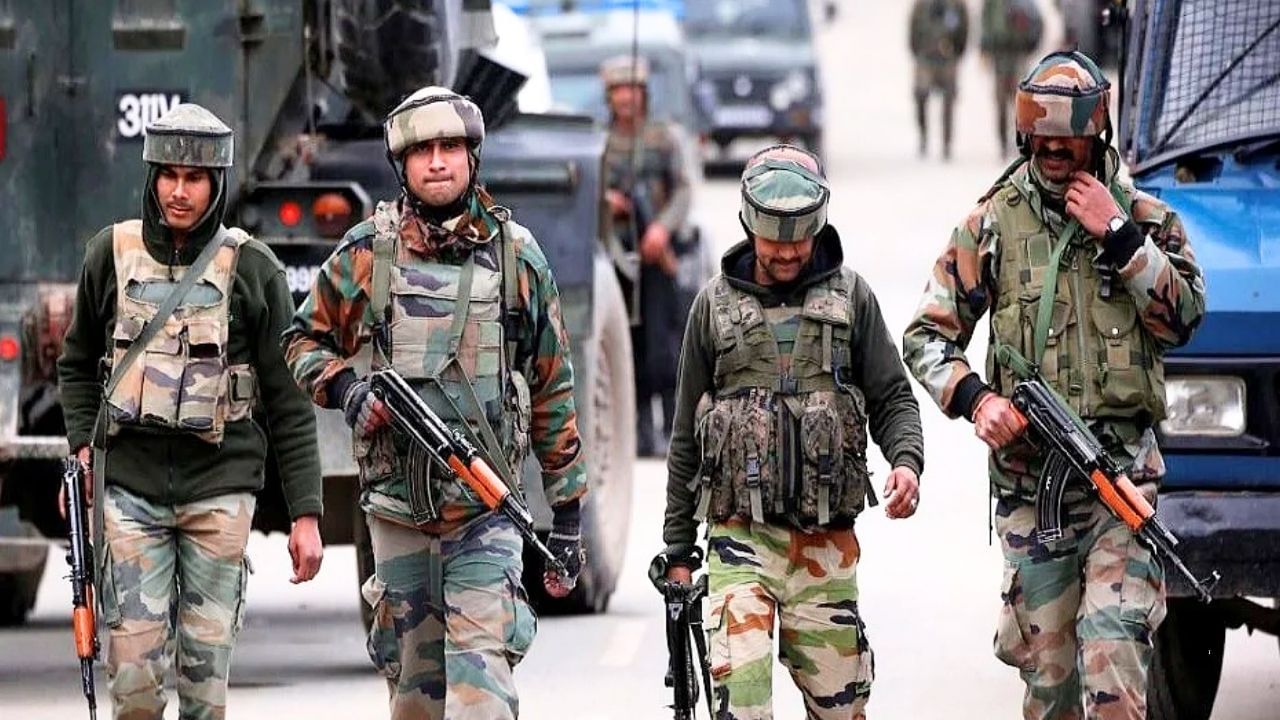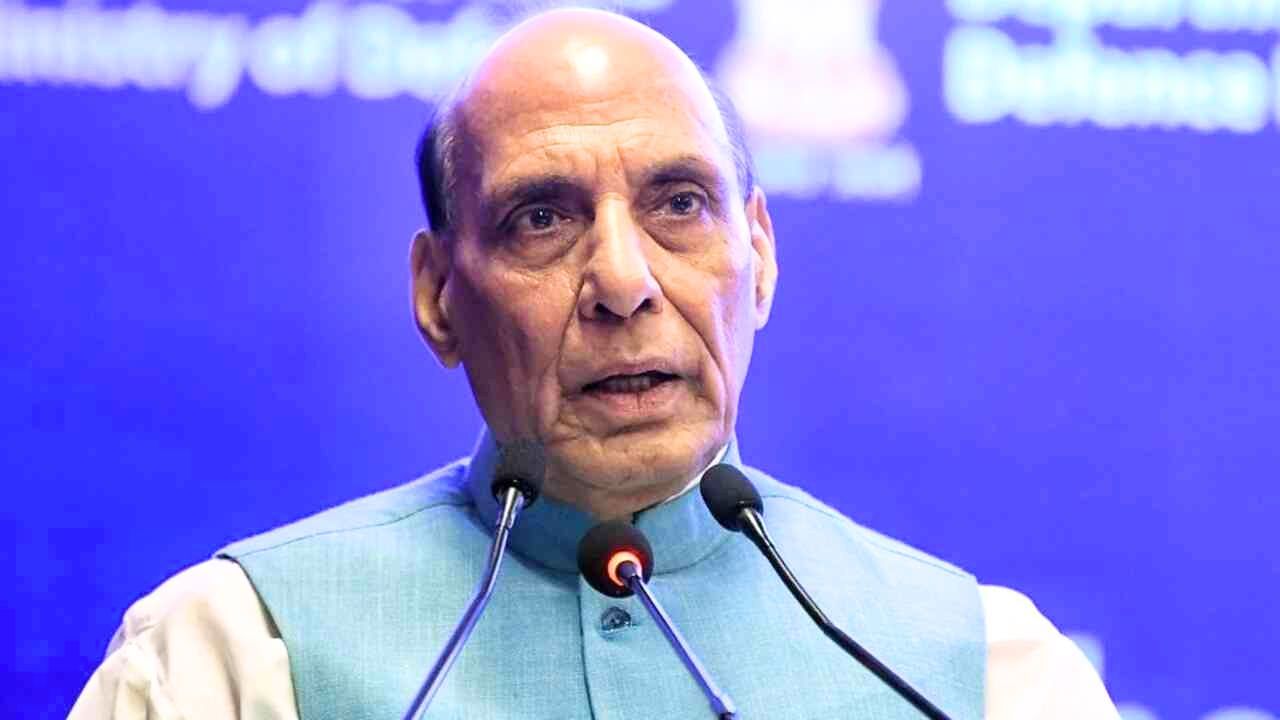Subscribe to Updates
Get the latest creative news from FooBar about art, design and business.
Browsing: Make In India
Armenia is poised to finalize a significant arms deal with India valued between $3.5 billion and $4 billion. This major defense procurement…
Armenia is on the verge of finalizing a substantial $3.5 to $4 billion arms agreement with India, a significant move amid escalating…
Armenia is on the verge of finalizing a colossal $3.5 to $4 billion arms procurement agreement with India. This significant deal, aimed…
India’s defense strategy is undergoing a significant transformation, moving away from substantial foreign fighter jet acquisitions towards bolstering its indigenous aviation capabilities.…
The Indian Air Force is set to significantly bolster its aerial capabilities with the acquisition of six new mid-air refuelling aircraft, a…
The Light Combat Aircraft (LCA) Tejas Mk1A has successfully completed its inaugural test flight, marking a significant milestone for India’s indigenous defense…
Maruti Suzuki, India’s largest automaker, is targeting to export over 400,000 vehicles in the upcoming fiscal year 2025-26 (FY26). The company has…
A significant advancement is underway in India’s private sector, marking the first time helicopters will be manufactured domestically. Tata Advanced Systems Limited…
The day of September 27th holds significant importance for BSNL, the state-owned telecom company. Telecom Minister Jyotiraditya Scindia announced via a post…
Honda Cars India Limited has achieved a significant milestone in the Indian automotive sector by exporting 200,000 cars. This accomplishment underscores the…
Prime Minister Narendra Modi inaugurated the International Trade Show-2025 in Greater Noida, Uttar Pradesh, reiterating the mantra of ‘Atmanirbhar Bharat’ (Self-reliant India).…
India’s Tech Future Housed in a Chip Smaller Than a Grain of Rice: How It Will Be a Game Changer
India is advancing into next-generation semiconductor technology. A new ARM design office in Bengaluru will work on 2-nanometer (nm) chip technology, positioning…
Goa Shipyard Limited (GSL) has delivered the ICGS Akshar to the Coast Guard. This is the second vessel in a series of…
Prime Minister Narendra Modi celebrated his 75th birthday on Wednesday, September 17, 2025. Since assuming office in 2014, PM Modi has spearheaded…
TPCR 2025: Ministry of Defence Releases Roadmap Detailing Military Needs for the Next 15 Years
Amidst escalating global challenges and fluctuating relations with neighboring countries, India is focused on fortifying its military capabilities. The Ministry of Defence…
Defense Minister Rajnath Singh inaugurated the nation’s largest aero engine test center, constructed by Rafale Mfiber Private Limited in Gautam Buddha Nagar,…


